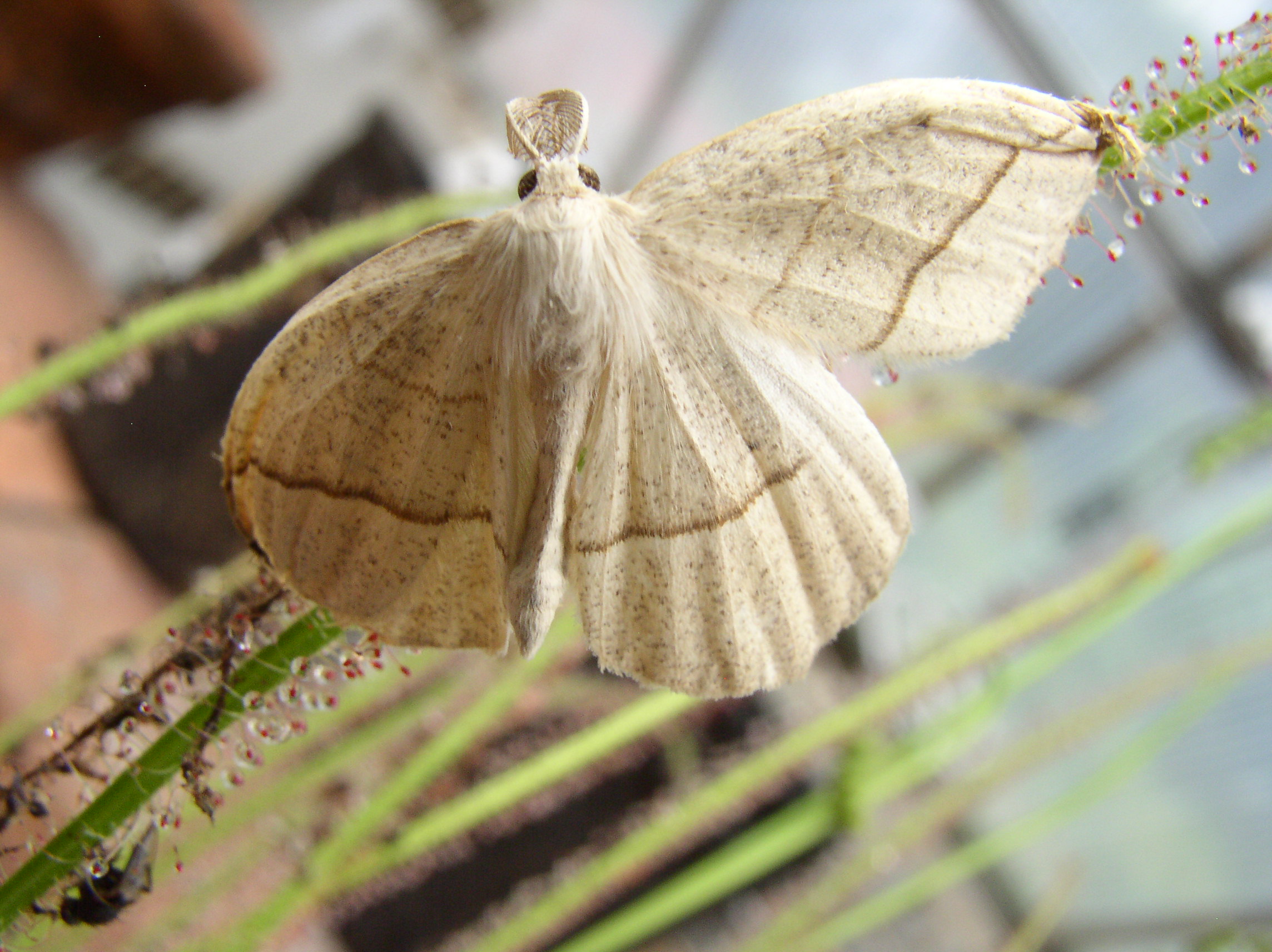|
Campatonema Lineata
''Campatonema lineata'' is a moth of the family Geometridae first described by William Schaus in 1911. It is found in the provinces of Alajuela, Cartago, Guanacaste, and Puntarenas in Costa Rica Costa Rica (, ; ; literally "Rich Coast"), officially the Republic of Costa Rica ( es, República de Costa Rica), is a country in the Central American region of North America, bordered by Nicaragua to the north, the Caribbean Sea to the no ..., at elevations from 700 to 1500 meters. The length of the forewings is 14–15 mm. Adults are on the wing throughout the year. External linksNew species of the Neotropical genus ''Campatonema'' Jones (Geometridae, Ennominae) with the first description of the female Ourapterygini Moths described in 1911 {{Ourapterygini-stub ... [...More Info...] [...Related Items...] OR: [Wikipedia] [Google] [Baidu] |
William Schaus
William Schaus (January 11, 1858 in New York City – June 20, 1942) was an American entomologist who became known for his major contribution to the knowledge and description of new species of the Neotropical Lepidoptera. Life William Schaus, Jr. was son of Wilhelm, later William Schaus, Sr. (1820–1892), a German-immigrant art collector and dealer, proprietor of the Schaus Galleries in New York City, and of Margaret Connover. He was educated initially at Exeter Academy and then in France and Germany, and was influenced early in his career by Henry Edwards, although he also studied languages, art and music. Schaus received the honorary degree of Master of Arts from the University of Wisconsin in 1921, and in 1925 that of honorary Doctor of Science from the University of Pittsburgh. He decided, despite parental opposition, and at the sacrifice of a promising career as successor in his father's business, to devote his life to the study of Lepidoptera. Beginning in 1881, he trave ... [...More Info...] [...Related Items...] OR: [Wikipedia] [Google] [Baidu] |
Moth
Moths are a paraphyletic group of insects that includes all members of the order Lepidoptera that are not butterflies, with moths making up the vast majority of the order. There are thought to be approximately 160,000 species of moth, many of which have yet to be described. Most species of moth are nocturnal, but there are also crepuscular and diurnal species. Differences between butterflies and moths While the butterflies form a monophyletic group, the moths, comprising the rest of the Lepidoptera, do not. Many attempts have been made to group the superfamilies of the Lepidoptera into natural groups, most of which fail because one of the two groups is not monophyletic: Microlepidoptera and Macrolepidoptera, Heterocera and Rhopalocera, Jugatae and Frenatae, Monotrysia and Ditrysia.Scoble, MJ 1995. The Lepidoptera: Form, function and diversity. Oxford, UK: Oxford University Press; 404 p. Although the rules for distinguishing moths from butterflies are not well est ... [...More Info...] [...Related Items...] OR: [Wikipedia] [Google] [Baidu] |
Geometridae
The geometer moths are moths belonging to the family Geometridae of the insect order Lepidoptera, the moths and butterflies. Their scientific name derives from the Ancient Greek ''geo'' γεω (derivative form of or "the earth"), and ''metron'' "measure" in reference to the way their larvae, or inchworms, appear to measure the earth as they move along in a looping fashion. A very large family, it has around 23,000 species of moths described, and over 1400 species from six subfamilies indigenous to North America alone. A well-known member is the peppered moth, ''Biston betularia'', which has been subject of numerous studies in population genetics. Several other geometer moths are notorious pests. Adults Many geometrids have slender abdomens and broad wings which are usually held flat with the hindwings visible. As such, they appear rather butterfly-like, but in most respects they are typical moths; the majority fly at night, they possess a frenulum to link the wings, and t ... [...More Info...] [...Related Items...] OR: [Wikipedia] [Google] [Baidu] |
Species Description
A species description is a formal description of a newly discovered species, usually in the form of a scientific paper. Its purpose is to give a clear description of a new species of organism and explain how it differs from species that have been described previously or are related. In order for species to be validly described, they need to follow guidelines established over time. Zoological naming requires adherence to the ICZN code, plants, the ICN, viruses ICTV, and so on. The species description often contains photographs or other illustrations of type material along with a note on where they are deposited. The publication in which the species is described gives the new species a formal scientific name. Some 1.9 million species have been identified and described, out of some 8.7 million that may actually exist. Millions more have become extinct throughout the existence of life on Earth. Naming process A name of a new species becomes valid (available in zo ... [...More Info...] [...Related Items...] OR: [Wikipedia] [Google] [Baidu] |
Alajuela Province
Alajuela () is a province of Costa Rica. It is located in the north-central part of the country, bordering Nicaragua to the north. It also borders the provinces of Heredia to the east, San José to the south, Puntarenas to the southwest and Guanacaste to the west. As of 2011, the province had a population of 885,571. Alajuela is composed of 16 cantons, which are divided into 111 districts. It covers an area of 9,757.53 square kilometers. The provincial capital is Alajuela. Other large cities include Quesada, Aguas Zarcas, Naranjo, Zarcero, Orotina, Sarchí Norte, Upala, San Ramón, Grecia and Los Chiles. Provincial history Pre-Columbia and the arrival of the Spanish Costa Rica has been inhabited for nearly 10,000 years, but little is known of its pre-Columbian history. Alajuela was occupied by several indigenous groups just before the arrival of the Spanish. Despite being between two major civilizations, indigenous groups sparsely populated the area.undefinedIS ... [...More Info...] [...Related Items...] OR: [Wikipedia] [Google] [Baidu] |
Cartago Province
Cartago (), which means Carthage in Spanish, is a province of central Costa Rica. It is one of the smallest provinces, however probably the richest of the Spanish Colonial era sites and traditions. Geography It is located in the central part of the country and borders the provinces of Limón to the east and San Jose to the west. The capital is Cartago; until 1823 it was also the capital of Costa Rica, which is now San José. The province covers an area of 3,124.61 km² and has a population of 490,903. p. 22 It is subdivided into eight cantons and is connected to San José via a four-lane highway. The highest peak is Cerro de la Muerte at 3,600 meters above sea le ... [...More Info...] [...Related Items...] OR: [Wikipedia] [Google] [Baidu] |
Guanacaste Province
Guanacaste () is a province of Costa Rica located in the northwestern region of the country, along the coast of the Pacific Ocean. It is bordered by Nicaragua to the north, Alajuela Province to the east, and Puntarenas Province to the southeast. It is the most sparsely populated of all the provinces of Costa Rica. The province covers an area of and as of 2010, had a population of 354,154, with annual revenue of $2 million. Guanacaste's capital is Liberia. Other important cities include Cañas and Nicoya. Etymology The province is named for the guanacaste tree, also known as the ear pod tree, which is the national tree of Costa Rica. History Before the Spanish arrived, this territory was inhabited by Chorotega Indians from the towns of Zapati, Nacaome, Paro, Cangel, Nicopasaya, Pocosí, Diriá, Papagayo, Namiapí and Orosí. The Corobicies lived on the eastern shore of the Gulf of Nicoya and the Nahuas or Aztecan in the zone of Bagaces. The first church was built ... [...More Info...] [...Related Items...] OR: [Wikipedia] [Google] [Baidu] |
Puntarenas Province
Puntarenas () is a province of Costa Rica. It is located in the western part of the country, covering most of Costa Rica's Pacific Ocean coast, and it is the largest province in Costa Rica. Clockwise from the northwest it borders on the provinces Guanacaste, Alajuela, San José and Limón, and the neighbouring country of Panama. Overview The capital is Puntarenas. The province covers an area of , and has a population of 410,929. p. 22 It is subdivided into 11 cantons. For administrative purposes, the island , offshore in the Pacific ... [...More Info...] [...Related Items...] OR: [Wikipedia] [Google] [Baidu] |
Costa Rica
Costa Rica (, ; ; literally "Rich Coast"), officially the Republic of Costa Rica ( es, República de Costa Rica), is a country in the Central American region of North America, bordered by Nicaragua to the north, the Caribbean Sea to the northeast, Panama to the southeast, the Pacific Ocean to the southwest, and maritime border with Ecuador to the south of Cocos Island. It has a population of around five million in a land area of . An estimated 333,980 people live in the capital and largest city, San José, Costa Rica, San José, with around two million people in the surrounding metropolitan area. The sovereign state is a Unitary state, unitary Presidential system, presidential Constitution of Costa Rica, constitutional republic. It has a long-standing and stable democracy and a highly educated workforce. The country spends roughly 6.9% of its budget (2016) on education, compared to a global average of 4.4%. Its economy, once heavily dependent on agriculture, has diversif ... [...More Info...] [...Related Items...] OR: [Wikipedia] [Google] [Baidu] |
Ourapterygini
The Ourapterygini are one of the large tribes of geometer moths in the subfamily Ennominae. The tribe was described by Charles Théophile Bruand d'Uzelle in 1846. They are particularly plentiful in the Neotropics. Ourapterygini are generally held to be the youngest tribe of their subfamily, and at least seasonally have characteristic apomorphic asymmetrical processes of the anellus. Many members of this tribe are remarkably butterfly like. The tribe contains more partially diurnal species than usual for geometer moths, and many do not have the cryptic coloration typical for the family. There is a tendency to light yellowish hues and either little or a quite bold pattern, making some species rather conspicuous. It is known that at least some are noxious to predators, and such coloration might be aposematic. Genera and selected species As numerous Ennominae genera have not yet been assigned to a tribe,See references in Savela (2008) this genus list is preliminary. Footnotes ... [...More Info...] [...Related Items...] OR: [Wikipedia] [Google] [Baidu] |


_caterpillar_-2.jpg)



